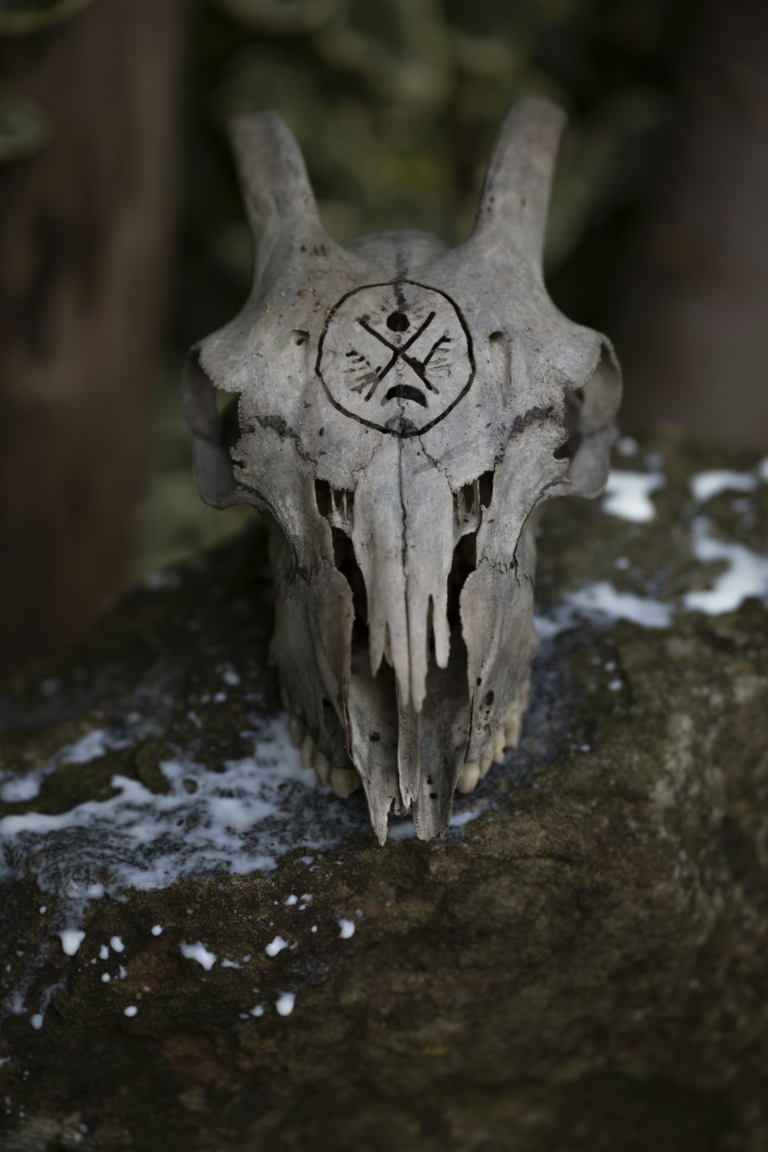
Newsletter Subscribe
Enter your email address below and subscribe to our newsletter

Enter your email address below and subscribe to our newsletter


Exploring Scottish Folk Practices and Traditions
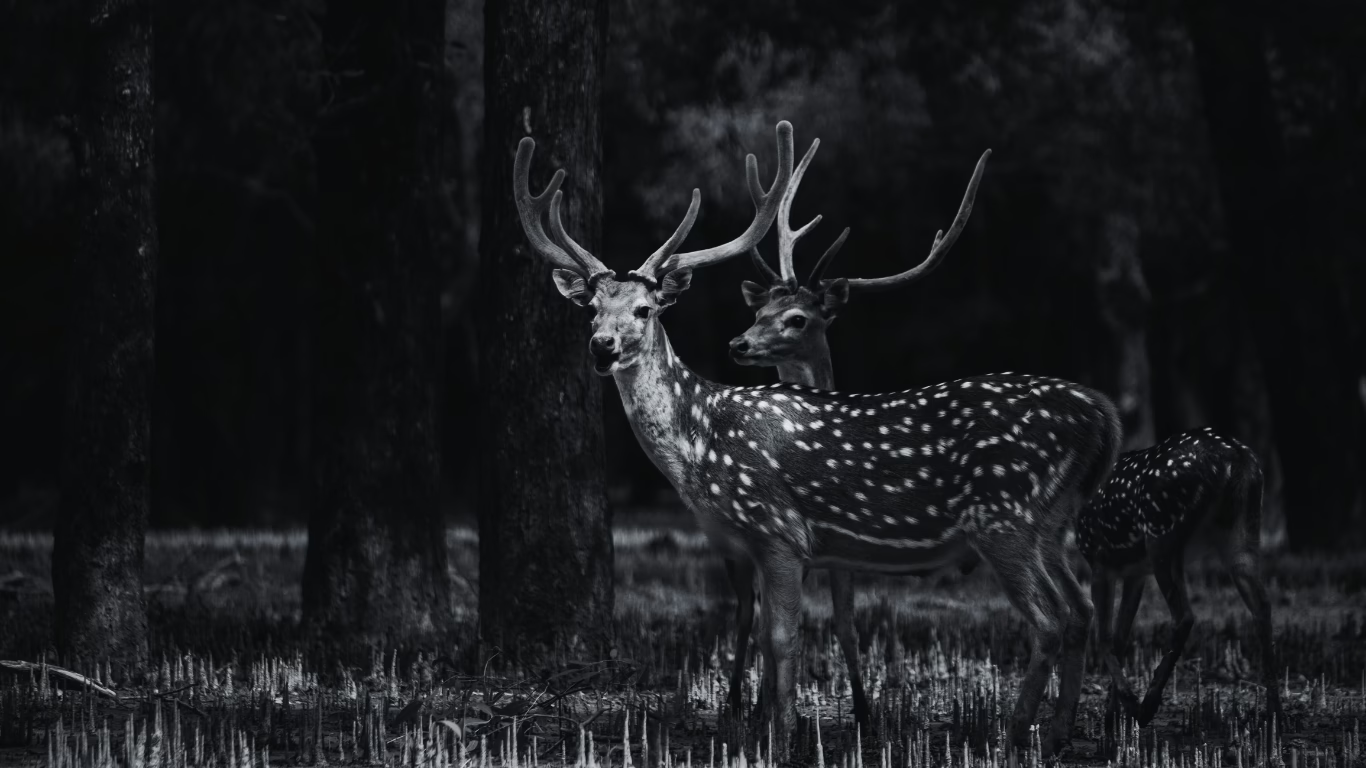
As we move into the winter months I can’t think of a more appropriate force and mythological figure to write about. The Callieach is someone very close to me, and a reason why this website is called as it is. Recently I have noticed with interest posts written about her, some accurate some not so much, so I thought I would offer my humble opinion on this fascinating figure.
As we move into the winter months I can’t think of a more appropriate force and mythological figure to write about. The Callieach is someone very close to me, and a reason why this website is called as it is. Recently I have noticed with interest posts written about her, some accurate some not so much, so I thought I would offer my humble opinion on this fascinating figure. What initially started of as a very short post has fast become quiet an epic so this will be posted over the next coming weeks. I apologise in advance for this, i try not to write too much on topics at length but when something is close to your heart as this is mine you can’t help but go on about it. So if you feel like a long read, please grab your cup of tea and sit down and explore the world of the Cailleach with me.
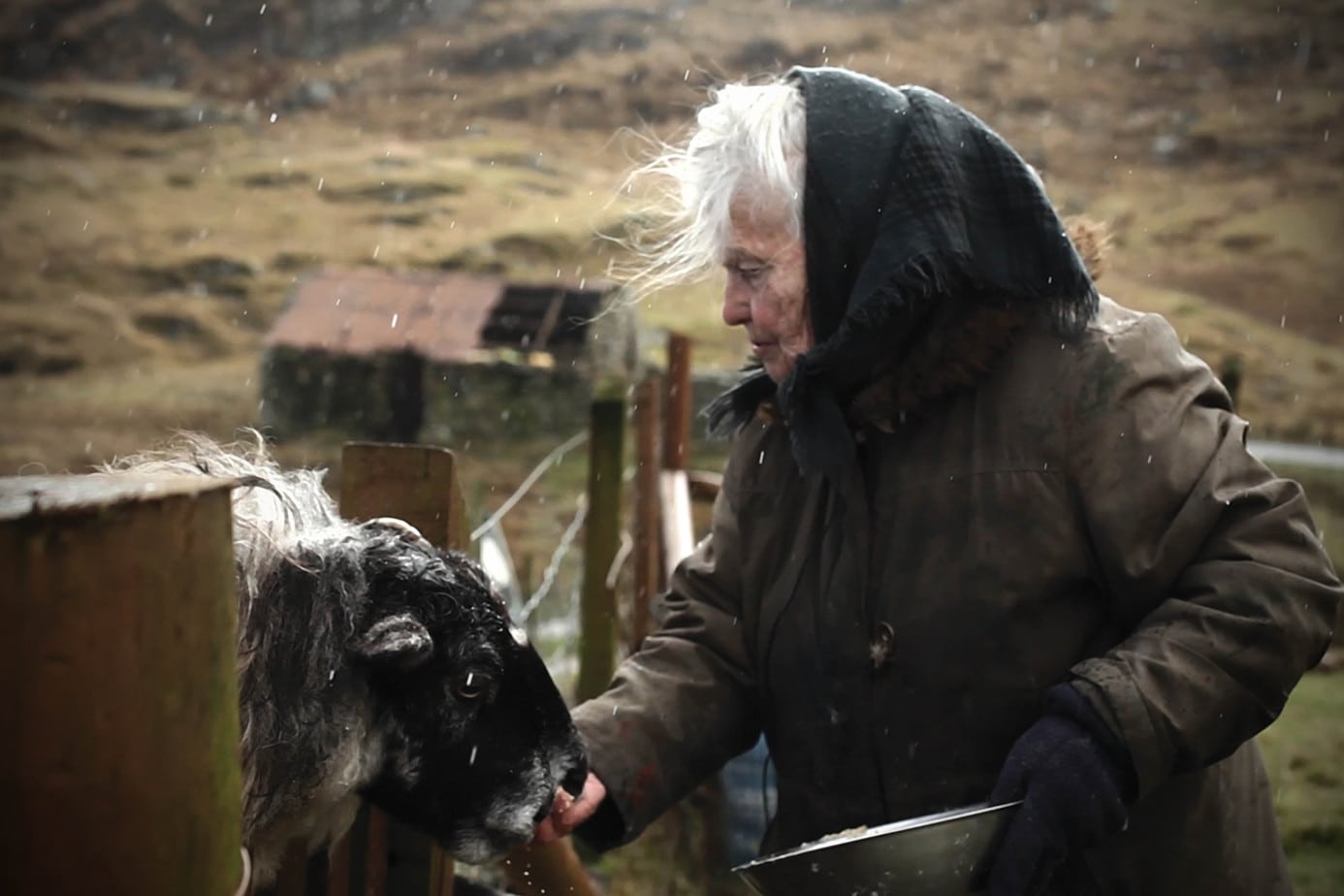
This is among one of the most moving poems equated with the Cailleach or Callieacha (plural for Cailleach). A poem about a nun, is the Callieach eh, I maybe hear you say? Well its been suggested that the name Cailleach is derived from the Latin word pallium, which means ‘veil’, but why veiled, what is hiding? The very poem itself speaks of someone who is a lot more than they seem and as they are being presented as, mostly she isn’t just the crone that people associate her with. But just who was she and why in the above poem is she so sad and resigned to her fate? The poem is thought to date to 800AD (2) and a great illustration of how folks believed that life was controlled by the flow and ebb of the tides. The turning of which, life will dwindle and at the waxing of the tides life comes to full power. However, in the manuscript this is taken from in Trinity College Dublin, it begins with a curious reference to three other figures, Brigit, Liadan and Uallach. You may ask why this is interesting, well these other figures mentioned went onto become christian saints or nuns. Bridighe or Brigit became St Bridgit and became synonymous with the abbess of Kildare, Liadan, who we know only from her beautiful poem about love and taking the veil that prevented that and the Cailleach Bheara sadly we only know that Uallach was a great poet and not much else about her. Interestingly they were all said to come from the same location (3). Each of these figures seems to represent some force of pre christian thought that took the “veil”, i.e became christianised representations of older pre christian powers.
The earliest mention we have of the Cailleach in literature (unless you count poems as literature) is from the 12th Century satire called the “Vision of Mac Conglinne”. This poem recounts the names of eight persons in Armagh who were “proclaimed for their deeds”, we find the Cailleach Beara Bin or ” White Nun of Beare ” associated with such fairy or pagan personages as “the Dark One of the two Tribes” (Dubh dà Thuath), “The Dun Raven”, “Garbdaire, son of Samhain” (Rough Oak, son of Hallowe’en), and Becan, Becnait, “Little Man, Little Wife”, who are said to be Father and Mother of Marban “the Dead Man”- clearly all fairy people and quiet dark Chthonic sounding ones at that (4,5). However, I think caution is advised when taking a clue from satire or burlesque poetry in any regard. This particular piece was aimed at satirising the church. Its my view that the Cailleach wasn’t just a figure of darkness she was a figure of both light and dark and something has been lost a long the way which i hope to redress in the next post.
So just who is the Cailleach of Scottish and Irish folklore and why was she so important to be mentioned in such illustrious company? The Cailleach was known by many different names, In Ireland mostly as the Cailleach Bhera (linked to the land mass of Bherra, in South west Ireland and the Bull rock and the Isle of Donn, interestingly where the Milesians were said to have landed). In Scotland she has many other epitaphs such as, Bui, the wife of Lugh and reflects her connection to the harvest festival and Lugh, the Gyre Carling in North east Scotland, the Gyros in Orkney, Caillaeach Bheur, Cailleach Bhearra, Cailleach Bheurrach, Cailleach Bheartha across Scotland. The etymology of the last part of the name can mean things such as “keen, sharp , pointed” – beur or “quick witted, sharp spoken or eloquent” – beurra(ch) which suggests a link to weather and storms rather than solely a landmass.
The Lament of the Hag (or Nun) of Beare – Cailleach.
I am the Hag of Beare,
An ever-new smock I used to wear;
Today-such is my mean estate-
I wear not even a cast-off smock.The maidens rejoice
When May-day comes to them;
For me sorrow is meeter,
I am wretched, I am an old hag.Amen! woe is me!
Every acorn has to drop.
After feasting by shining candles
To be in the gloom of a prayer-house!I had my day with kings,
Drinking mead and wine;
Today I drink whey-water
Among shrivelled old hags.The flood-wave
And the second ebbtide-
They have all reached me,
So that I know them well.There is scarce a little place today
That I can recognise;
What was on flood
Is all on ebb. (1)For a full version of this amazing poem please go here
Mackenzie (6) describes her as Beira, Queen of winter (as her representation in winter) and a fearsome looking hag:
“The aged Beira was fearsome to look upon. She had only one eye, but the sight of it was keen and sharp as ice and as swift as the mackerel of the ocean. Her complexion was a dull, dark blue, and this is how she sang about it:–
Why is my face so dark, so dark?
So dark, oho! so dark, ohee!
Out in all weathers I wander alone
In the mire, in the cold, ah me!
Her teeth were red as rust, and her locks, which lay heavily on her shoulders, were white as an aspen covered with hoar-frost. On her head she wore a spotted mutch ( a much is an old-fashioned Scottish hat). All her clothing was grey, and she was never seen without her great dun-coloured shawl, which was drawn closely round her shoulders.”
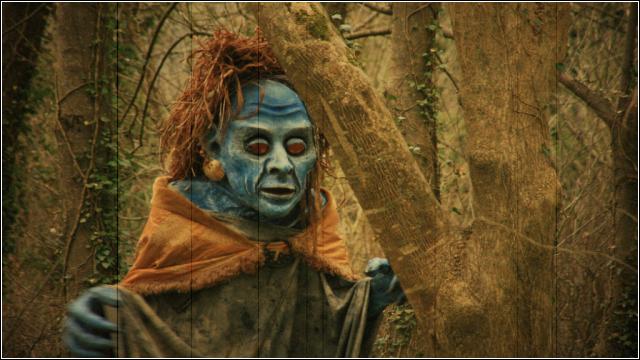
Mackenzie, gives us a great description, of the Cailleach however I personally feel he was a little overboard with the descriptive emphasis on the matter for story telling purposes and was christianising the story as can be seen in his tale of Angus and Bride, which I’ll touch on briefly in the final post which, I think, denies the greater import of the Cailleach to Scottish culture.
It is interesting however, that Mackenzie gives her “one eye”. One eye and one leg were a sign that the Cailleach could have been related to the race mentioned in the Irish and Scottish Myths as the Formorians. A race that came before the Tuatha De Danan to Ireland. There are some links here also to the “crane stance” where one would curse someone by covering one eye and standing on one leg. This could also be a stance you would adopt to cast an augury on the ember days but again other posts for other days.
The poem, the Cailleach’s lament, suggests she is of great age and has had relations with many men and kings and been around from the first flood. The poem is also about a figure who is resigned to her fate and looking towards death. A clear indication of the encroach of Christian ideals on the Cailleach emphasised by the flood and use of Amen but also that this great force had been resigned to die. From the folklore stories and tales such as “Aislinge Meic Conglinne” and also in the “Expulsion of Dessi” (both 12th century) we see these themes and others again and again (7). Other themes include the Cailleach as a representation of a cosmological and sovereignty goddess, a representation of nature and death, chthonic and winter storms and harvest aspects as can be seen in the Lùnastal and Samhuinn celebrations. In fact the Cailleach has been associated with many things, such as winter time, storms, deer herds, owls, bulls, a dominator and constructor of the landscape, a sovereignty figure, an eternal force and one who helped birth mankind and brings them back in their death. In other words she can be viewed as the Magna Mater, the original earth goddess not just a nun with a bad habit.
Some of these facets i’ll explore through some of the different folk stories and tales that support these ideas. I think highbrow literature does no one any justice especially when consigned to the scrap heap of christian history or devolved into a bringer of death and nothing more.
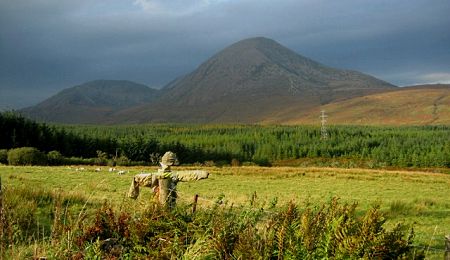
The Cailleach has been associated with formations in the landscape in many stories. They are too numerous to mention here but the fact that her name is associated with many different land masses across Ireland and Scotland is testament enough to this, such as the Sliabh-na- Caillighe . She made hills and stones form as she traveled across the country and dropped stones from her apron, names of islands and lakes attributed to her, the track of her foot or hand can still be seen in some of the rock formation attributed to her and the wind, sea and snow all demonstrate her abiding presence in the land. Some tales speak of the Cailleach creating the whirl pool of the Corryvreckan (Coire Bhreacain – “the Cauldron of the Plaid” – a whirlpool found between the islands of Jura and Mull), to wash her Plaid in till it turns white and ready for winter. The reason this whirlpool was required is because she is that large and no loch was big enough for her plaid cloak. There are many online stories, such as Mackenzies that attest to the geotechnonic power of this figure. For this reason she is usually associated with mountains or far remote regions such as Ben Nevis in Scotland.
Some of these themes are touched on in the following story.
The story of the cold of May-day Monday – Luan Lae Bhealtaine (8).
The story goes as follows:
“There was a women a long time ago that they used to call the An Chailleach Bhearrthach. She was very old and she had traveled the length and breadth of the country of Ireland. She always had a large herd of cows, and she had goats and I guess sometimes sheep and a bull. She used to travel from place to place with the animals, from county to county. She didn’t stay settled too long in a place. The animals all gathered together at night, gathered into one great assembly and moved on with her that following night. One day she arrived at the mountain Néifinn, in County Mayo and she drove out her beast there in the morning. When the evening came there wasn’t two beasts gathered together. They were scattered hither and tither and everyone one of them stayed at the night-time where they had been during the day. They had eaten so much that they didn’t want to move and that next night even the same thing happened. The Cailleach stayed for many years after that day at the foot of the Néifinn mountain with her beasts.

There was a man in the area who wanted to hear news and stories from the Cailleach because he knew that she had lots of old knowledge of all sorts. He knew that she was so old that she knew what had happened for hundreds of years past. He asked her if she could give an account of the day that came a hundred years before that, that was awfully cold. The time of year when that day had happened was Luan Lae Bhealtaine, the [very] first day of summer. The callieach told him that she had no memory of that day. But she told the man that he should go to see the eagle, who was in the ruins of a certain place – an old forge and that maybe he’d know how cold it then was. She said that the eagle was 300 hundred years older than she was and that the eagle would know a lot of things that she didn’t know about.
The man went off and never rested until he came to the old forge and he found the eagle there before him. He spoke to the eagle and asked him if he could tell him how cold it was on Luan Lae Bhealtaine: that no day ever since came that was as cold as it and that it was hundred of years since it had happened. “Im here with 700 hundred years said the eagle. “This anvil that is in the forge was new and the peak that it had then was as thick as any peak that was ever on any anvil. When I used to eat my food” said eagle “I used to rub my beak on the peak of the anvil on both sides, over and hither, in order to clean my beak. The peak now today is worn and slender from my rubbing of my beak on it after my meals for so long that it is as thin as a pin. I have no account of how cold it was,” said the eagle “go on to the otter of the rock and maybe he can tell you or give you an account of the cold of Luan Lae Bhealtaine”. The man went off to find the otter of the rock and the otter was there on the rock when he got there. The man asked the otter could he tell hm how cold it was on the day Luan Lae Bhealtaine that came along.
“Im lying on the rock here for five hundred years” said the otter, “and I have the rock so worn down so deeply that no trace of me is visible on any side of the rock when I am lying on it. I have no account to give you of the cold on Luan Lae Bhealtaine, but go to the half blind salmon of Eas Rua and if he has no account of it to give you then you will never get an account of it anywhere”
The man went off again and didn’t stop until he came to Eas Rua and the salmon was there. He called the salmon and the salmon came to him and he asked the salmon if he could tell him how cold it was on Luan Lae Bhealtaine. “I am able to tell you that”, said the salmon. “I was here, in the place where I am now, in Eas Rua, and I leaped out of the water to catch a fly. In between my leaping and my landing back in the water there came a thick ice on the river here that held up when I fell back. I stayed there, fallen back on the ice , until a seagull came and took my eye out of my head. And blood came out of my head, from the socket of my eye, and the blood melted the ice and I went back down again to the water. And that was the cold that was there on Luan Lae Bhealtaine”.
__
So what does this mean? The Cailleach travelled the length and breadth of the country showing she is sovereign of the entire domain and linked with herds of sheep, goats and bulls but also resident in a mountain. Luan Lae Bhealtaine refers to the first Monday of Mayday. This can be viewed as a euphemism for the first day of time of human reckoning (La an Luan means the last day, the reckoning if you like, and Beltain being the start of the summer it makes a common kind of sense that it represents the first day of time). The Cailleach has no idea how cold it was, though very old and timeless she isn’t the oldest thing in the world, which points to the idea of a history before her or a cosmology story we can currently only guess at. Reminiscent of another tale about the three ages of time, the yew, the Eagle and the Cailleach, she sends the man to three animals (a very celtic number) an Eagle, an Otter and a Salmon. These three animals are can be associated with Air, Earth/water and Water respectively. Which is interesting if we think about the sacred three, the An Tri Naomh in Celtic myth and part of the Hymm in the Carmina Gadelica, Air, Earth and Water respectively. Is it that the Cailleach has the key to this? Just a thought.
Of note Eas Rua translates to “swift current” or “red falls”. In the sense Eas Rua represents the primeaval point of wisdom (as represented by the salmon) or the starting point of knowledge. Interestingly Eas Rua is where Fionn MacCumhaill is said to have encountered the magic salmon of knowledge where he absorbed the endowment of divine seerdom and clairvoyance. So the Caillech even though old was not the first and acknowledges the older things in the world but helps to put man in the right direction with her wisdom to find the information he needs, she helps mankind find the way, to find the truth of what they seek.
Another story follows that illustrates her timelessness and effect on mankind in a different way.
The mark left by the Cailleach (9).
Isn’t it a great wonder how a child isn’t able to walk as soon as its born, along with every other kind of young? Not to compare a child to a calf or a lamb, but neither of these is born more than an hour before its able to walk and the [human] child will be two years of age before its able to put a foot under itself.
They say it is the Calleach Bhéarra who is responsible for that. At a time that a certain child was born- but I don’t know which child, she put her hand to the small of his back and that left children, ever after, unable to walk quickly, when they have come into the world. Cailleach Bhéarra left that handicap on them.
I’d like to think that this refers to the primeval first birthing of mankind. Midwives places there hands of the back of small children to remove them from the womb of their mothers amongst pulling on other areas I’m sure. Rather than a curse, it could be viewed as the touch separating humans from the other animals. If the Cailleach represents nature in this way it would be that humankind is born out of nature rather than born from god, which is a different take on things from the Christian perspective where man is born from god.
There are also other tales that talk about the marks of the Cailleach’s hand being left on the thighs and waists of adolescents through the idea of stretch marks that appear at this time. These echo the scrape like screes that our found on the side of mountains in Scotland. It’s interesting to echo this idea with the idea of the Magna Mater, the figure who gives life and who also takes it away. This embodies the Cailleach in her form as the harsh and shrilling power of winter but also giver of life. Other links, perhaps more I’m stretching here, can be shown in the common terms in Irish and Scottish Gaelic equivalent to English ‘spinal marrow’. These are “smior seantuinne” and “smior-cailleach” (10) which literally translate as ‘marrow of the elderly female’ and ‘marrow of the hag’. The term smiorcalach, an adjective with the meaning ‘friable; liable to crumble’, is suggested to derive from “smior”, ‘marrow’, and “cailleach”, ‘hag’, and the perceived fragility of the human spine and especially the spine of the new-born infant. Presenting another link perhaps between the Cailleach and the human body.
The Cailleach represents all of nature in some of the folk tales. This lovely tale below shows not only some of her wiles but also speaks deeper truth about what the Cailleach represents and comes with a warning.
Cailleach Bheara (Don Chaoin)
“There is much telling of this Cailleach from Béarra in the folklore of the older people of the Gaeltacht. It is said that she lived on the summit of Cnoc an tSidhe. By all accounts that’s where she had her cabin even though you would think she would be blown away from there, with the wind and the bad weather.
What she had to eat was:
Real pure madhbhán from Whiddy,
Cuileasg from the harbours of Cape Clear.
Fish from above in the Laune
And wild Garlic from Beach Bhéimis.
It’s little wonder she lived so long, if the stories of her are true. She had the reputation of great wealth also and people were anxious to steal it from her, since there were people, there would be no time spent in them doing just that. She understood that herself as much as anyone and what did she do, this day but go down to Scenic in Cuan Leitid and steal a lobster out of a pot that was there. She brought it home alive in her apron and put it into the box where her money was.
The following day, when she was away collecting food from the different places, a thief went up the hillside and stole in through the window of the Cailleach’s house. He wasn’t able to locate the money high or low, until he noticed the box under the old bed. He dragged it out. It wasn’t too big but there was a great weight in it. “Its full up with gold of course” said the thief to himself. He noticed that there was a sizeable hole in the side of the box. “Isn’t it a pity, you filthy old Cailleach” says he “that you didn’t think to mend that hole – but tis an ill wind that doesn’t blow for someones benefit”.
With that he thrust his hand into the hole and started to grope around inside the box looking for the gold. What did the lobster do but seize the hand in between his two claws and squeeze hard on it. No matter how hard the thief turned and twisted he couldn’t break its grip or pull out his hand. When the sun was setting that evening the Cailleach arrived home. “You did well lobster” said she and she killed the thief with her hammer.”
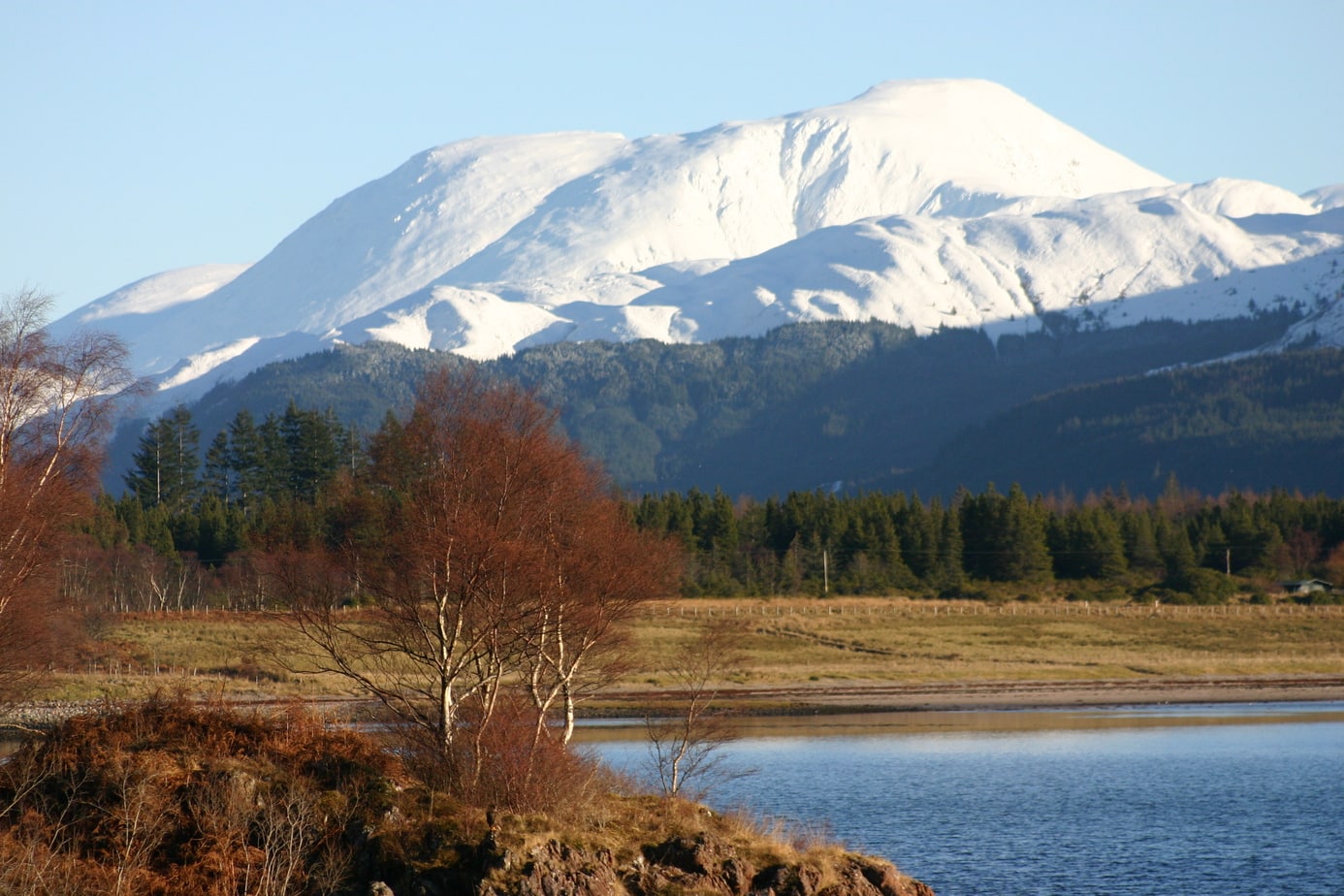
What this story tells us is not only that the Cailleach travels far and wide across Ireland gathering food in one day, a rather superhuman feet, but it also speaks to potentially be presented with in terms of offerings. It also speaks of her wealth, not gold as folk understand it but her wealth is the bounty of nature. The Cailleach in this story represents abundance, her wealth is the natural resources that she has around her, represented by the lobster in this case. The man is naive to the fact the Cailleach is rich in things other than gold and takes advantage of her not watching over things, but she is wise to the way of men. By doing so he is trapped by his own greed and quickly killed with her hammer. The Cailleach should not be taken for granted and she is wise to trickery. In this tale, it seems to be saying we shouldn’t abuse and disrespect nature or the Cailleach will give us whats coming to us. In other words, and bringing it to a contemporary understanding, it’s not climate change and destroying the planet we should be worried about, it’s destroying ourselves as she will take swift revenge. Heavy stuff indeed and an old tale with new lessons for us all.
So in this meagre offering of some small tails a clearer picture of the Cailleach can already be seen, she has become a figure of popular culture in certain circles and there is a lot of misinformation out there that i hope this may help to tip the balance back. She is not only the Winter figure associated with the wild hunt and the more chthonic aspects of life but a somewhat, at times, calm figure who can help us find wisdom in the turning of the whole wheel. But what does this mean for us and folk practices?
In the next post on the Cailleach (which you can read here) I’ll be exploring some of the more contemporary practices that still occur in Scotland to date that honour her light and bountiful nature and her darker side, that of the saturnian chthonic winter if you will. I will also explore the times where the Cailleach appears in each of the festival days in the folk calendar of Scotland and explore ways by which we can pay respects to her in all her guises. Within this ill explore how she’s been at times, conflated with St Bridgit and ways we she fits very well in the practices of the Bean Feasa, or wise women, of Scotland
Slainte Mhath.
A great read, and nice to learn more about her, so thankyou!
Kerry.
You are very welcome and thanks for the lovely feedback x
I love the Calliach, you have done her proud. Thank you! Beannachdan a bhi.
[…] leads the Wild Hunt); and who gives me, just personally, reflections & echoes of the Scottish Cailleach as […]